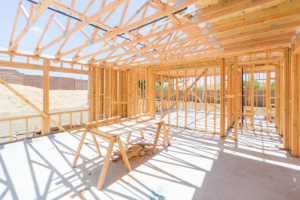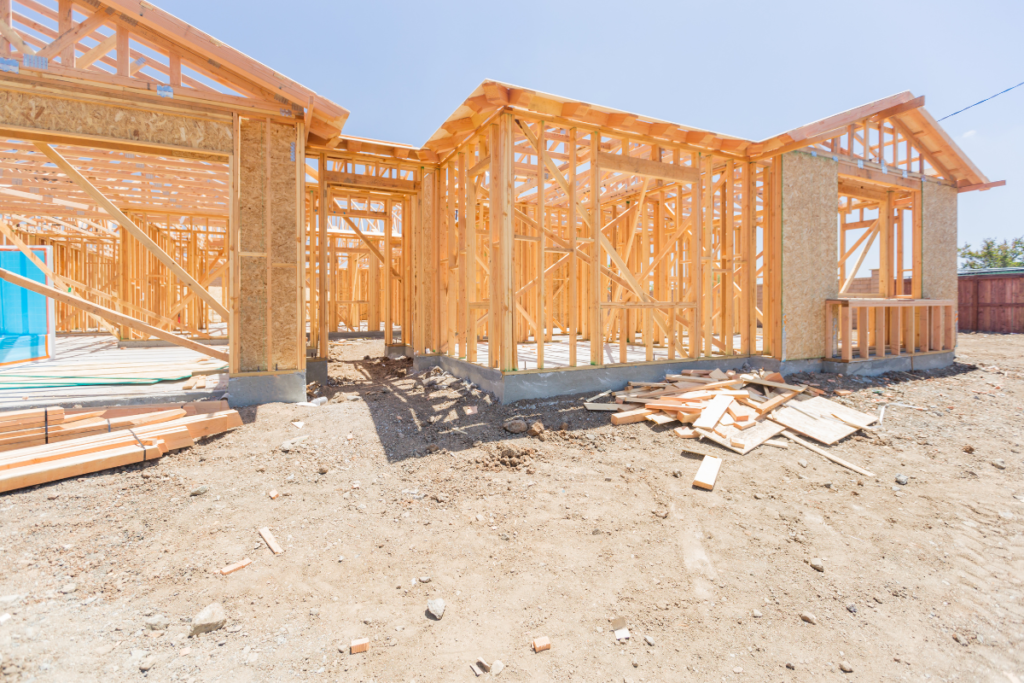 Introduction to Real Estate Lumber Takeoff Estimating:
Introduction to Real Estate Lumber Takeoff Estimating:
In the world of real estate development and construction, accuracy is everything, especially when it comes to materials. A small miscalculation in the lumber takeoff process can lead to massive overruns in costs and delays in project completion. Real estate lumber takeoff estimating plays a crucial role in ensuring that developers, contractors, and builders have the precise quantity of lumber needed to complete a project. In this article, we’ll dive deep into the importance of real estate lumber takeoff estimating, how it’s done, and why it’s a vital step in efficient project management.
What is Real Estate Lumber Takeoff Estimating?
Real estate lumber takeoff estimating is the process of calculating the amount and type of lumber required for a construction project, whether it’s a single-family home, a multi-unit development, or a commercial building. The purpose is to determine the exact number of boards, planks, sheets, and other lumber materials required to complete the project without over-ordering or under-ordering.
This process is often managed by experienced estimators or specialized software tools that ensure accuracy and efficiency. It involves detailed analysis of architectural drawings, blueprints, and design documents to measure the required quantities and specifications.
Why is Lumber Takeoff Estimating Important in Real Estate?
- Cost Control: One of the most significant benefits of accurate lumber takeoff is controlling costs. Lumber is a critical component of many construction projects, and its price can vary based on market conditions. By conducting a thorough estimate, developers can avoid the risk of purchasing too much or too little, which can lead to financial losses or delays in the project.
- Time Management: Time is money in real estate. When the correct quantity of lumber is ordered from the beginning, it minimizes the chances of project delays caused by having to reorder materials or manage stockouts. Real estate lumber takeoff estimating ensures that construction projects stay on schedule, which is crucial in meeting deadlines.
- Waste Reduction: An accurate takeoff helps prevent over-ordering materials, which can lead to excess waste. Lumber is an expensive resource, and any wastage can inflate project costs. Sustainable construction practices, such as reducing waste through precise estimating, not only save money but also align with environmental goals, making the project more attractive to eco-conscious investors and clients.
- Project Efficiency: Proper estimation also contributes to smoother construction operations. Workers can complete their tasks faster when they have the right materials on hand. Moreover, real estate lumber takeoff estimating allows contractors to pre-plan and organize material deliveries, reducing the chances of delays caused by lack of materials.
Steps Involved in Real Estate Lumber Takeoff Estimating
The process of real estate lumber takeoff estimating involves several key steps to ensure that the estimate is both comprehensive and accurate.
1. Reviewing the Plans and Blueprints
The first step involves thoroughly examining architectural plans and blueprints. The estimator must understand the design and structural requirements, including dimensions, construction methods, and any custom elements that may impact the amount of lumber required.
2. Measurement of Required Areas
Once the design is fully understood, the next step is to measure the areas that will require lumber. This includes measuring walls, floors, roofs, and other structural components. Every dimension must be accurately recorded, as even a minor discrepancy can result in material shortages or excess.
3. Identifying Lumber Types and Sizes
Different types of lumber serve different purposes in a construction project. Estimators must identify the correct types of lumber (e.g., 2x4s, plywood, etc.) and their sizes for specific applications. Factors such as load-bearing capacity, weather resistance, and structural stability all play a role in determining the right type of lumber for each part of the project.
4. Quantifying Lumber
Once the lumber types are identified, the estimator calculates the exact quantity needed for each section. This involves considering factors like cutting allowances, material wastage, and specific project requirements. The goal is to ensure that there’s enough lumber to complete the project without ordering unnecessary amounts.
5. Generating the Final Estimate
After gathering all the measurements and quantities, the estimator compiles the data into a comprehensive report. This report provides the contractor or developer with a detailed breakdown of the lumber required, including sizes, quantities, and costs. It’s essential for budgeting and procurement purposes.
Tools and Technology in Lumber Takeoff Estimating
With the advancements in technology, many contractors and estimators have turned to software solutions for real estate lumber takeoff estimating. These tools streamline the estimating process, reduce human error, and allow for greater accuracy. Some of the benefits of using lumber takeoff software include:
- Efficiency: Automated calculations save time and reduce the risk of errors caused by manual measurements.
- Cost Accuracy: Many software tools are integrated with real-time pricing data, ensuring that estimates reflect current market conditions.
- Customization: Software allows users to customize their estimates based on specific project needs and design specifications.
Challenges in Real Estate Lumber Takeoff Estimating
While the benefits of accurate lumber takeoff estimating are clear, there are some challenges involved:
- Complex Projects: For large or complex construction projects, it can be challenging to accurately calculate the amount of lumber needed. Projects with custom designs or intricate structural elements may require more specialized estimating expertise.
- Market Fluctuations: Lumber prices can fluctuate based on market demand, environmental factors, and supply chain issues. This can impact the accuracy of the estimate, as the price quoted at the time of the estimate may change by the time materials are purchased.
- Human Error: Even with technology, human error is still possible. Incorrect measurements, overlooked areas, or misinterpreted designs can result in inaccurate estimates.
The Value of Precision in Real Estate Lumber Takeoff Estimating
Real estate lumber takeoff estimating is a vital step in the construction process, ensuring that developers and contractors have the right amount of materials on hand to complete their projects efficiently and cost-effectively. From controlling costs to reducing waste, an accurate lumber estimate is the foundation of a successful real estate project. By leveraging the latest technology and experienced estimators, construction projects can avoid costly overruns, delays, and other pitfalls, ultimately delivering better outcomes for investors, developers, and clients alike.
Are you looking for the best estimating services in USA?
Look no further than “https://zionestimating.com”
They are offering top-notch services like;
- Construction/cost estimation
- Budget planning
- Material takeoff
- Equipment estimation
and further more!!!
Here are some more information for your convenience:
Phone no. : +1 718-427-9941 || +1 562-383-6177
Email:[email protected]
Visit their blogs and site
https://zionestimating.com for the latest updates and service tips!
